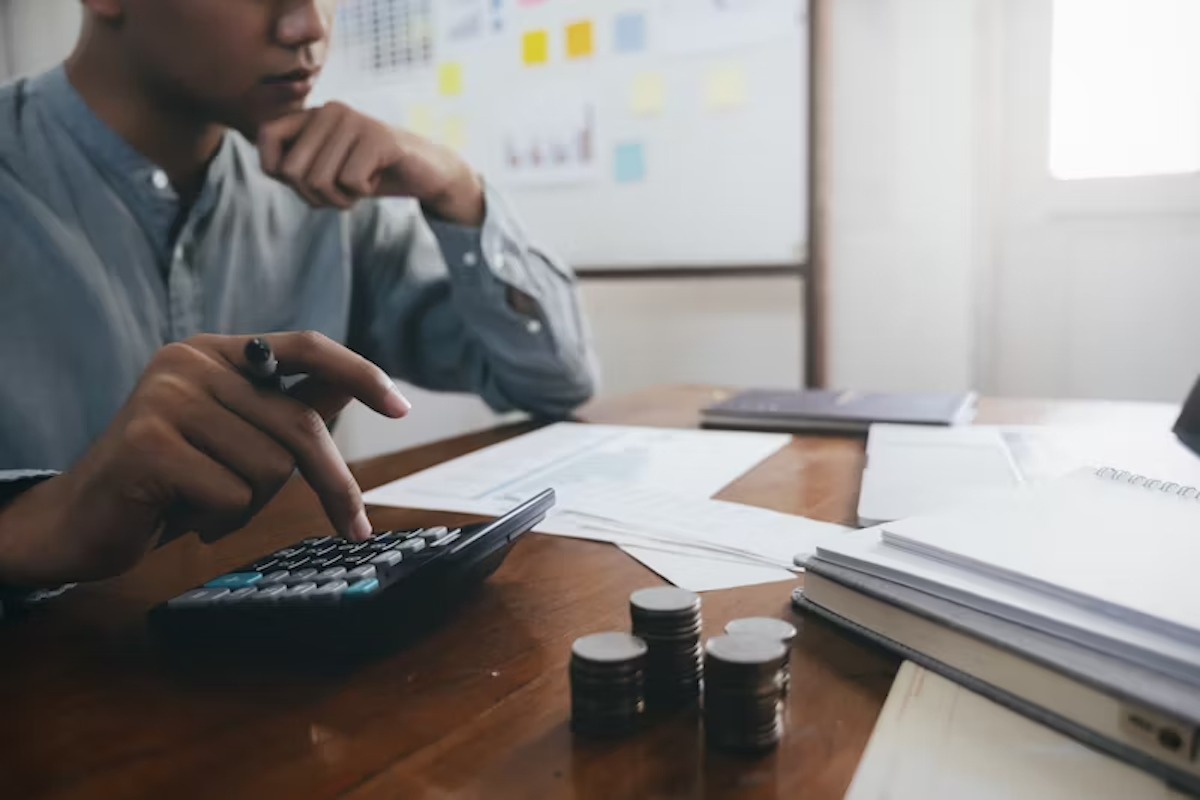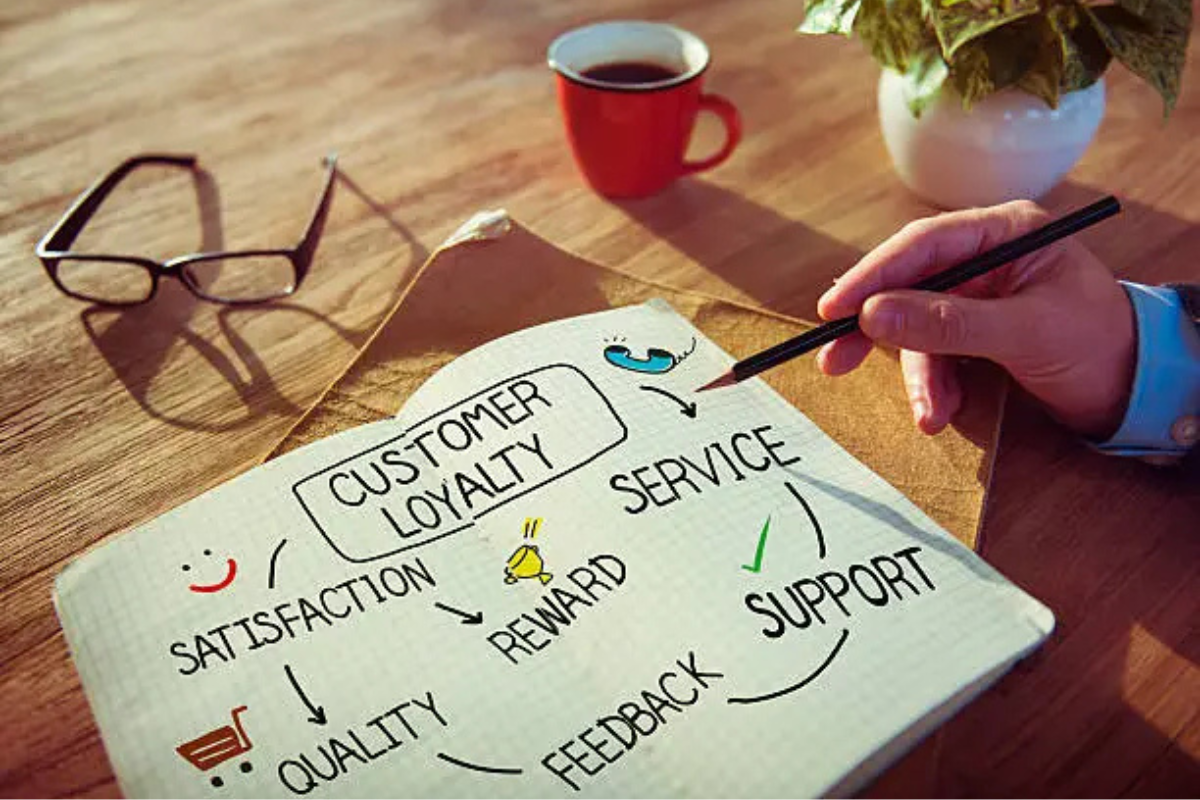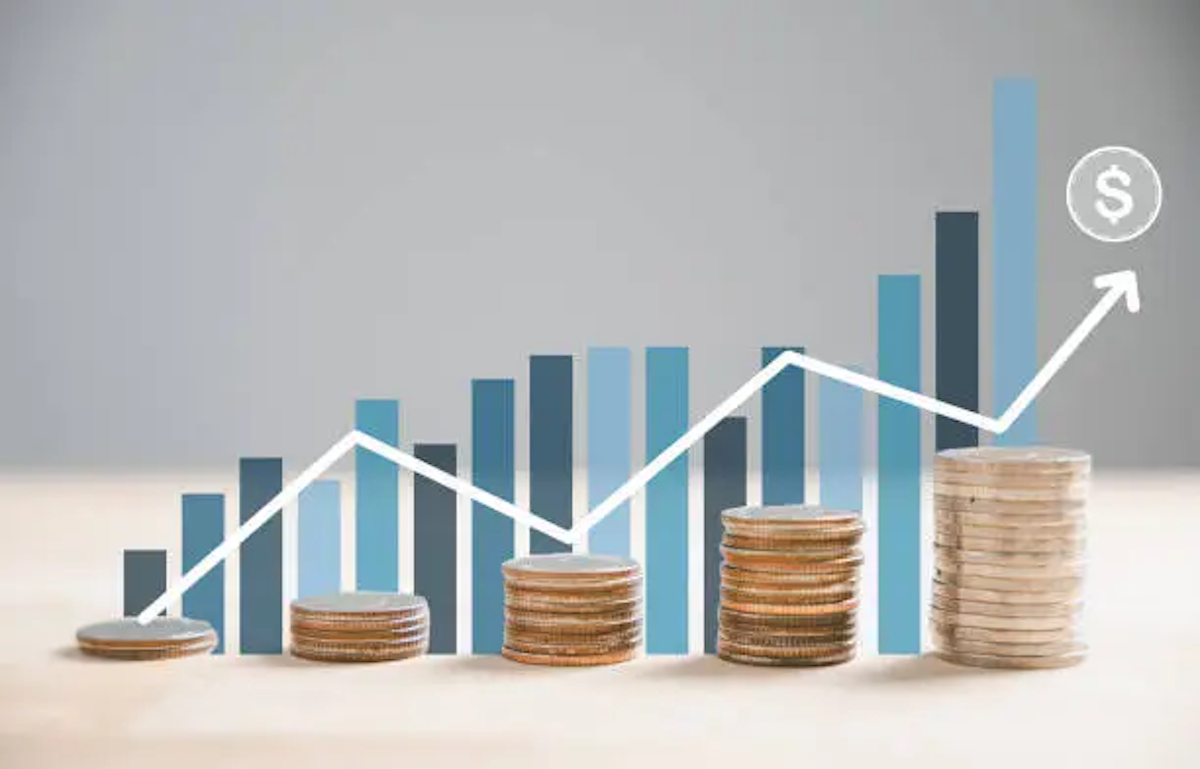15 Tips for Maximizing Consumer Loyalty with Your Brand
\Did you know that existing customers spend 67% more than new customers? This isn’t just an interesting statistic—it’s a clear indicator that...
Platform
Combining online ordering, loyalty, omnichannel messaging, AI insights, and payments in one platform. Paytronix delivers relevant, personal experiences, at scale, that help improve your entire digital marketing funnel by creating amazing frictionless experiences.
A Complete Customer Experience Platform
Online Ordering
Acquire new customers and capture valuable data with industry leading customization features.
Loyalty
Encourage more visits and higher spend with personalized promotions based on individual activity and preferences.
Catering
Grow your revenue, streamline operations, and expand your audience with a suite of catering tools.
CRM
Build great customer relationships with relevant personal omnichannel campaigns delivered at scale.
Artificial Intelligence
Leverage the most data from the most customer transactions to power 1:1 marketing campaigns and drive revenue.
Payments
Drive brand engagement by providing fast, frictionless guest payments.
Solutions
We use data, customer experience expertise, and technology to solve everyday restaurant and convenience store challenges.
Contactless Experiences
Accommodate your guests' changing preferences by providing safe, efficient service whether dining-in or taking out.
Customer Insights
Collect guest data and analyze behaviors to develop powerful targeted campaigns that produce amazing results.
Marketing Automation
Create and test campaigns across channels and segments to drive loyalty, incremental visits, and additional revenue.
Mobile Experiences
Provide convenient access to your brand, menus and loyalty program to drive retention with a branded or custom app.
Subscriptions
Create a frictionless, fun way to reward your most loyal customers for frequent visits and purchases while normalizing revenues.
Employee Dining
Attract and retain your employees with dollar value or percentage-based incentives and tiered benefits.
Order Experience Builder
Create powerful interactive, and appealing online menus that attract and acquire new customers simply and easily.
Loyalty Programs
High-impact customizable programs that increase spend, visit, and engagement with your brand.
Online Ordering
Maximize first-party digital sales with an exceptional guest experience.
Integrations
Launch your programs with more than 450 existing integrations.
Loyalty Programs
Deliver the same care you do in person with all your digital engagements.
Online Ordering
Drive more first-party orders and make it easy for your crew.
Loyalty Programs
Digital transformations start here - get to know your guests.
Online Ordering
Add a whole new sales channel to grow your business - digital ordering is in your future.
Integrations
We work with your environment - check it out.
Company
We are here to help clients build their businesses by delivering amazing experiences for their guests.
Meet The Team
Our exceptional customer engagement innovations are delivered by a team of extraordinary people.
News/Press
A collection of press and media about our innovations, customers, and people.
Events
A schedule of upcoming tradeshows, conferences, and events that we will participate in.
Careers
Support
Paytronix Login
Order & Delivery Login
Resources
Learn how to create great customer experiences with our free eBooks, webinars, articles, case studies, and customer interviews.
FlightPaths are structured Paytronix software onboarding journeys designed to simplify implementation and deliver maximum ROI.
See Our Product In Action
E-Books
Learn more about topics important to the restaurant and c-store customer experience.
Reports
See how your brand stacks up against industry benchmarks, analysis, and research.
Blog
Catch up with our team of in-house experts for quick articles to help your business.
Case Studies
Learn how brands have used the Paytronix platform to increase revenue and engage with guests.
Is your brand tapping into these three unshakeable pillars of guest loyalty in 2025?
5 min read
Mar 18, 2025

For business owners and managers, understanding the cost of sales percentage is a key step to managing finances effectively. This metric shows the portion of your total revenue that goes toward producing the goods or services you sell, allowing you to gauge your business’s financial health.
A clear grasp of your cost of sales percentage helps you track profitability, control costs, and make smarter decisions. In this article, we’ll walk you through how to accurately calculate the cost of sales percentage and show you how to use it to boost your bottom line.
The term cost of sales refers to the direct costs tied to producing or purchasing the goods sold by your business during a specific accounting period. Think of expenses like raw materials, labor costs, and manufacturing costs—these are the resources you use to create inventory sold.
What’s the difference between cost of sales vs cost of goods sold (COGS)? While the two terms are often used interchangeably, COGS typically applies to businesses selling physical products, whereas cost of sales can include service-related direct costs like labor in hospitality. Indirect costs, such as administrative expenses or operating expenses, don’t factor into this calculation.
The cost of sales percentage reveals how efficiently your business turns revenue into gross profit. A lower percentage means more money stays in your pocket after covering costs incurred to generate sales, while a higher percentage signals inefficiencies in distribution costs or pricing. For small business owners, tracking this metric is critical to staying competitive and maintaining a healthy gross margin.
Ready to calculate costs? The formula for determining your cost of sales percentage is straightforward:
Cost of Sales Percentage = (Cost of Sales / Total Revenue) x 100
Here’s how it works:
This sales ratio gives you a clear picture of how much of every dollar earned goes toward producing what you sell.
To calculate your cost of sales percentage, you’ll need accurate data. Start with these five essential figures:
Organize this data using income statements or accounting software. For inventory valuation, consider methods like the average cost method or FIFO (First In, First Out) to determine the cost of goods sold. Make sure your records are updated to make your calculations more reliable.
Here are hypothetical monthly figures for a retail store. Let’s walk through the steps to calculate the cost of sales percentage together:
First, calculate cost of sales:
Next, plug it into the formula:
In this case, 28% of the store’s revenue went toward the cost of sales. The remaining 72% is the gross profit margin, which covers operating expenses, indirect expenses, and contributes to net income. From there, subtracting additional costs like rent or marketing expenses determines the net profit—the true earnings your business keeps.
Now that you understand how to calculate your cost of sales percentage, the next step is analyzing it for actionable insights.
Using the retail store example, what does a 28% COS reveal? This relatively low figure suggests efficient operations, leaving ample room for gross profit after covering direct costs. Conversely, a high percentage—say, 70% or above—could signal inflated distribution expenses, overpriced materials, or pricing missteps squeezing your gross margin.
For a better understanding of your business’s financial health, compare your cost of sales percentage to industry benchmarks. For example, most restaurant owners target a food cost percentage of 28% to 35% (DoorDash). When adding direct labor costs and considering that food costs might be lower for fast-casual restaurants, the total cost of the sales percentage typically ranges from 20% to 40%.
Want to lower your cost of sales and boost profitability? Try these five strategies:
Conducting regular price and cost reviews keeps your business agile. This lets you adapt to market changes, optimize margins, and stay ahead of competitors while steadily generating revenue.
Calculating your cost of sales percentage can feel tricky, especially if it’s not something you’ve done before. Here are three frequent errors and how to avoid them:
|
Error |
How to Avoid |
|
Mixing Indirect Costs: Lumping administrative expenses into your cost of sales. |
Double-check your categories before you calculate COGS. This should only comprise direct costs like raw materials and labor costs. |
|
Ignoring Inventory Errors: Misreporting beginning inventory or ending inventory. |
Audit stock levels consistently to keep your inventory sold accurate. |
|
Skipping Regular Checks: Failing to review costs incurred often enough. |
Infrequent updates hide shifts in your gross margin or sales ratio. Set a monthly schedule to review total revenue and net sales for timely insights. |
In the hospitality industry, calculating the cost of sales percentage shifts depending on the business model, as each type comes with unique cost dynamics. Here’s what to keep in mind:
To navigate these complexities, utilize software tools such as QuickBooks or Toast. These tools automate COS tracking, adapt to each business model’s differences, and reduce manual errors—freeing up time to focus on your bottom line. If you’re not sure if you can implement these tools on your own, hire a business consultant or a technical consultant to help you with the setup.
Understanding your cost of sales is essential for tracking profitability and making informed pricing decisions. Below, we answer key questions about cost percentages, profit calculations, and how factors like selling costs and sales strategies impact your bottom line.
To calculate your cost of sales percentage, use this formula:
Cost of Sales Percentage = (Cost of Sales / Total Revenue) x 100
This percentage helps businesses assess their gross margin ratio and identify areas to optimize expenses. Reducing selling costs or refining sales strategies can improve profitability.
Cost price percentage, which is more commonly known as cost of sales percentage, measures the portion of revenue consumed by the direct costs of producing goods or services sold. Here is its formula:
Cost price percentage = (Cost of Sales ÷ Total Sales Revenue) × 100
For example, if a business has a COS of $20,000 and revenue of $80,000, the calculation is ($20,000 ÷ $80,000) × 100 = 25%. This means 25% of revenue covers production costs, leaving 75% as the gross profit margin. This metric helps businesses assess efficiency and profitability.
Profit percentage shows how much of your revenue turns into profit, expressed as a percentage. The most common formula is for gross profit percentage, and here’s how you calculate it:
Gross Profit Percentage = [(Total Sales Revenue - Cost of Sales) ÷ Total Sales Revenue] × 100
For example, if revenue is $50,000 and COS is $30,000, gross profit is $20,000. Then, ($20,000 ÷ $50,000) × 100 = 40%. This means 40% of revenue is profit before other expenses. Gross profit percentage is a quick way to gauge profitability and efficiency.
Mastering your cost of sales percentage is a game-changer for your business. Once you know how to calculate and analyze this metric, it gives you a clear window into your financial efficiency. Now that you’re familiar with your cost of sales percentage, be sure to make it a regular part of your financial assessments!
Ready to take your financial management to the next level? Book a demo with our team today for advice on how to grow your revenue and drive profitability.

\Did you know that existing customers spend 67% more than new customers? This isn’t just an interesting statistic—it’s a clear indicator that...

A profitable restaurant business means it generates more income than it spends. It will also have a comfortable financial safety net as well as the...

A steady revenue stream signals a restaurant’s success. It builds a solid financial baseline that you can lean on when experimenting with new menu...